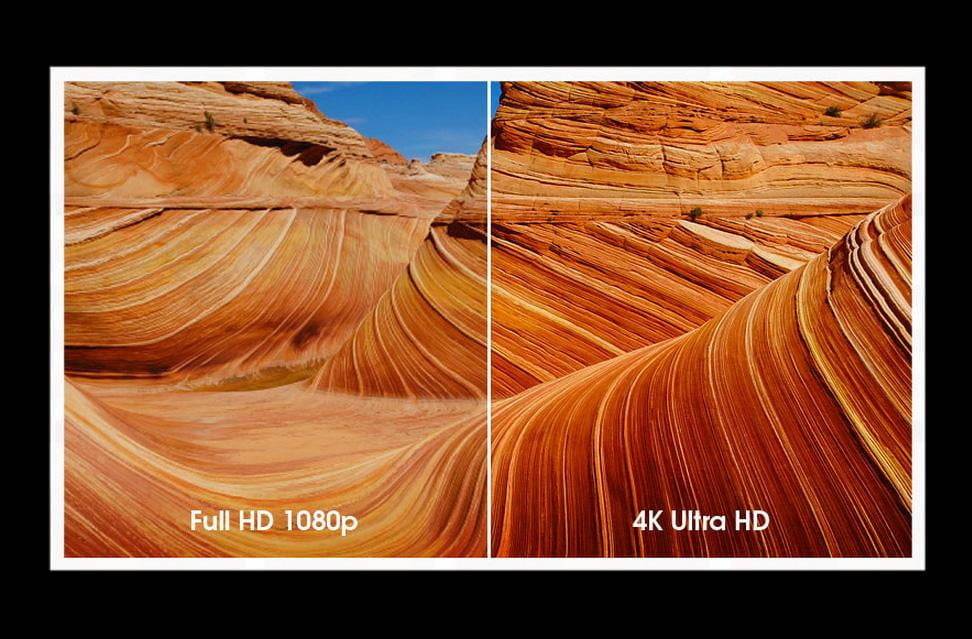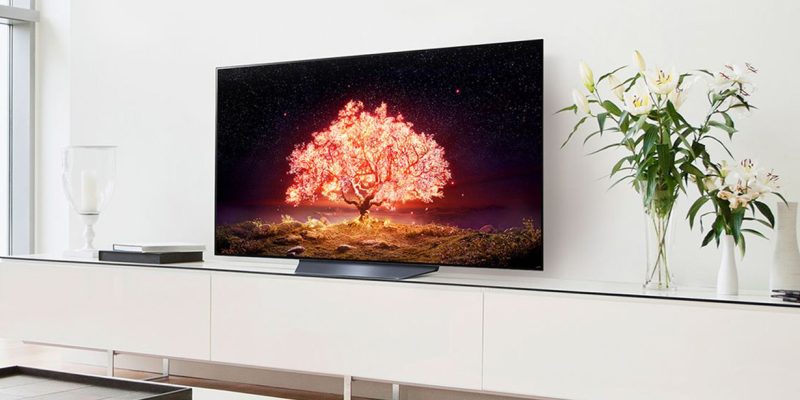If you have been following on some of our latest TV lists grouped both in terms of brand, functionality and resolution, you have seen the word 4K resolution played with a lot. If you have even been around tech in the past couple of years it is inevitable for you to not see 4K plastered across every screen or bit of media.
But you would be shocked how many people actually know what 4K resolution really is and why it is referred to as so.
So, What Is It?
4K is basically a type of display resolution (Duh!). But it isn’t exactly as big as one would think though.
When it comes to screens and displays, a resolution is simply the number of pixels AKA coloured dots they can show. The less the individual pixels that can be seen by the human eye, the higher the resolution and definition.
This then translates directly to the level of detail that a picture has.
We have all seen “1080p” everywhere whether on our smartphones or laptops. The description mostly usually refers to the pixels along the screen’s height when the exact resolution is actually 1920 x 1080. 1920 then refers to the number of pixels across the screen’s width.
Piece of cake, right?


Image courtesy Cnet
Well, here is where 4K comes in to cause some confusion. In TV standards, a 4K TV has a resolution of 3840 x 2160. This is 8 million pixels, which is four times what 1080p holds. That is why most if not all of these TVs come branded as UHD (Ultra High Definition), as in much higher than the old Full HD in 1080p screens.


Image courtesy Digital Trends
So, if we were to give a synonym to 4K, we are supposed to call it 2160p, for the sake of uniformity.
The 4K resolution mainly originates from the cinema standard. Set out by the Digital Cinema Initiatives (DCI), the screen has a width of 4,096 pixels, thus 4K. But why is it so different from the TV format?
That’s because movies can be shot in different aspect ratios and with a 4K projector in the cinema hall has no limit on the number of pixels. However, TVs do have a limit.
Whats confuses, even more, is why TVs went from 720p to 1080p then to 4K. That’s mostly because 4K just sounds cool. 2160p, on the other hand, does not. Since the TV has a horizontal resolution of 3840, which is close to the cinema’s 4096, why not run for the cool 4K as well? Regularly, some of the experts even tend to whack on the aforementioned “UHD”, rather than call a TV what it really isn’t.
Either way, 4K TVs are here to stay and seem to be taking over the market ahead of the 8K TV mass production (which will be discussed in another article). The resolution, however, does differ from OLED to quantum dots and on different brands.






The text effectively conveys a constructive and encouraging message. Your generosity in providing your readers with such high-quality and informative material is truly appreciated. Granny 2